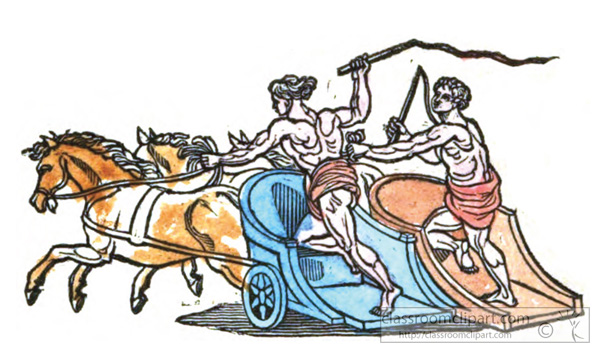

Specifically, they find themselves traveling to the distant land of Caledonia, otherwise known as Scotland. Wishing to help a fellow freedom fighter, the Gaulish duo finds themselves returning to the British isles. The chief of the Maccabees has also invited the Romans to their lands in order to consolidate his power and become king of the Picts. After thawing the prince out, the village learns that he had been ambushed by the evil Maccabee clan because their chief desired Macaroon’s fiance. The first book of the Ferri and Conrad era is “Asterix and the Picts”, which sees the Gaulish duo stumble across the frozen body of a banished prince named Macaroon. While any reader might be nervous that such a famous book was being written by someone other than the creative team both Ferri and Conrad had been mentored and hand picked by Uderzo to continue the books. While Uderzo had stated that he wanted the Asterix books to end with his death, certain legal troubles with his family and the terms of him selling the rights to the Asterix books to Hachette in 2011 allowed the books to continue on without the original creative team.įrom this point on the books would be written by Jean-Yves Ferri and drawn by Didier Conrad. Chariot racers tended to be slaves but this didn’t prevent them from amassing huge fortunes and redeeming their freedom.This week we close out our look at the Asterix books with “Asterix and the Picts”, “Asterix and the Missing Scroll”, “Asterix and the Chariot Race”, “Asterix and the Chieftain’s Daughter”, and “Asterix and the Griffin”.Īfter the publication of “Asterix and the Great Crossing” Uderzo effectively retired and ceased to be the writer and artist of the Asterix books. Reaching success would probably mean having your portrait scribbled all over the walls of the city.Įach race could have huge monetary prizes and successful riders could become the Roman equivalent of millionaires. This terracotta lamp shows a victorious charioteer processing in the Circus Maximus he holds a palm branch and prize wreath, and one can see the spine behind him with the dolphins for counting laps, the obelisk, and a shrine to a deity.Īpart from achieving love, glory and laurel crowns in the manner of Greece, the winning charioteers could make quite a monetary fortune.
Ancient chariot races driver#
When the race was finally over, the presiding magistrate ceremoniously presented the victorious charioteer with a palm branch and a wreath while the crowds cheered wildly the more substantial monetary awards for stable and driver would be presented later. Winning ceremony for ancient Roman the Chariot Race
Ancient chariot races full#
The full race was called a “missus” and generally included seven laps (called “curricula”) around the end posts called “metal”. The festivities such as the Ludi Magni which were celebrated with the chariot races in honor of Jupiter generally began early in the morning with a religious procession called the “Pompa Circensis”. During the Roman Empire, the Circus Maximus was rebuilt using marble and concrete. The original Circus Maximus was built out of wood. Location of chariot races in ancient RomeĪncient Roman chariot races were held in the Circus, such as the Circus Maximus. It was quite popular among the Etruscans, an advanced civilization of non-Italic people who for a time dominated the area around Rome and contributed greatly to many aspects of Roman civilization. Possibly the oldest spectacular sport in Rome, chariot racing dates back at least to the sixth century BCE. “Triage”, “Sejuges” and “Septemjuges” (three, six and seven horses) were less usual but not unknown. Roman Chariots dra wn by two horses were called “bigae” and those drawn by four horses “quadrigae”. People had to scatter to get out of the way.

In early Roman times, young nobles used to race their Roman Chariots around the 7 hills of Rome. The ancient Romans loved chari ot racing. Unlike military chariots, which were larger and often reinforced with metal, racing chariots were made of wood and afforded little support or protection for the charioteer, who basically had to balance himself on the axle as he drove. Roman racing chariots were designed to be as small and lightweight as possible. Here are some facts about Roman Chariots in ancient Rome / chariot racing in ancient Rome: Design of ancient Roman chariots


 0 kommentar(er)
0 kommentar(er)
